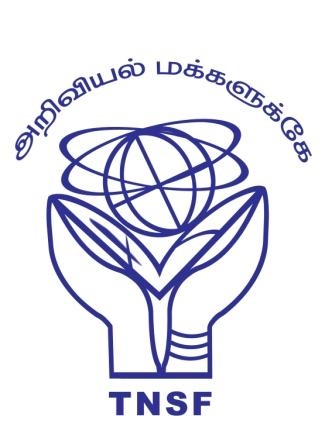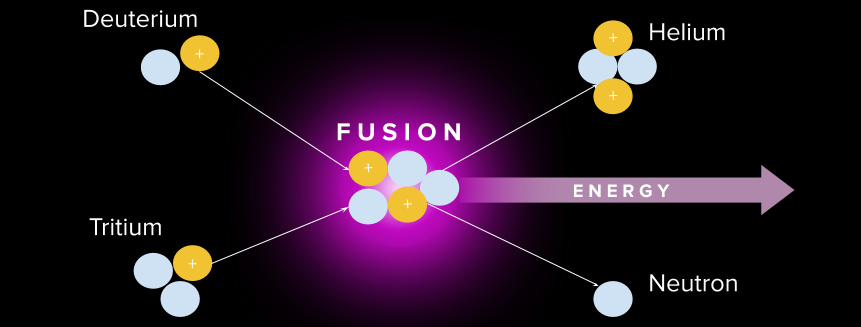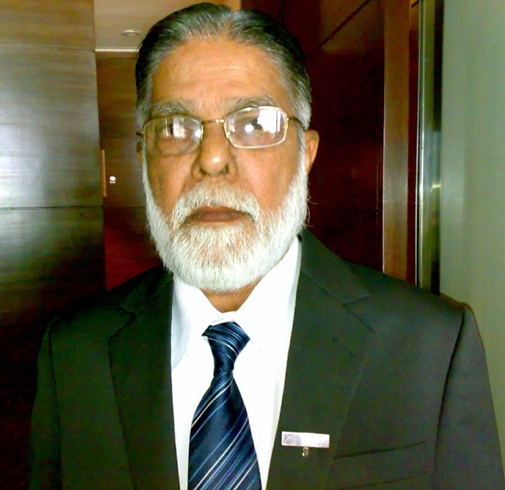About Program

This is part of its efforts to popularize science to the general public and students who are pursuing science as their career. TNSF attempt to focus on students on higher science as everyone knows that learning of science at college within the curriculum is not enough to acquire holistic knowledge of science at the appropriate time. Hence, to fill the gap between what students are acquiring through the curriculum and what it is required, TNSF is planning its activities on higher science to students who are pursuing higher education.

The prospects of Nuclear Fusion Sun shines because of the energy released through the process of Nuclear Fusion, where light nuclei fuse to form heavier nuclei and release energy. Scientists have been trying for seven decades to replicate this process of Thermonuclear Fusion on Earth through two approaches. In one, called Inertial Fusion, Powerful laser radiation is converted into X-rays which, on irradiating a pellet of Deuterium-Tritium mixture, compresses it to fusion temperatures. In another, a plasma of DT gas, confined in a toroidal magnetic field is heated to fusion temperatures by high currents and energetic particle beams.This talk shall survey recent promising results in this field.
